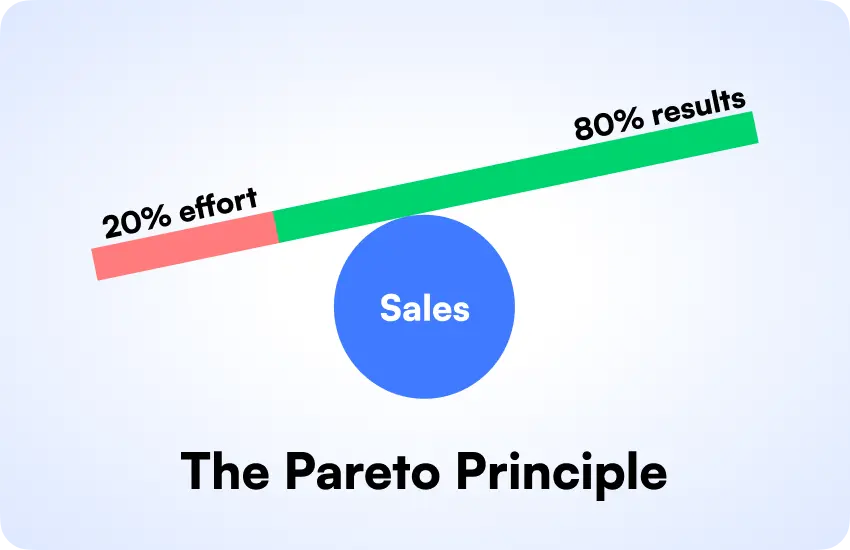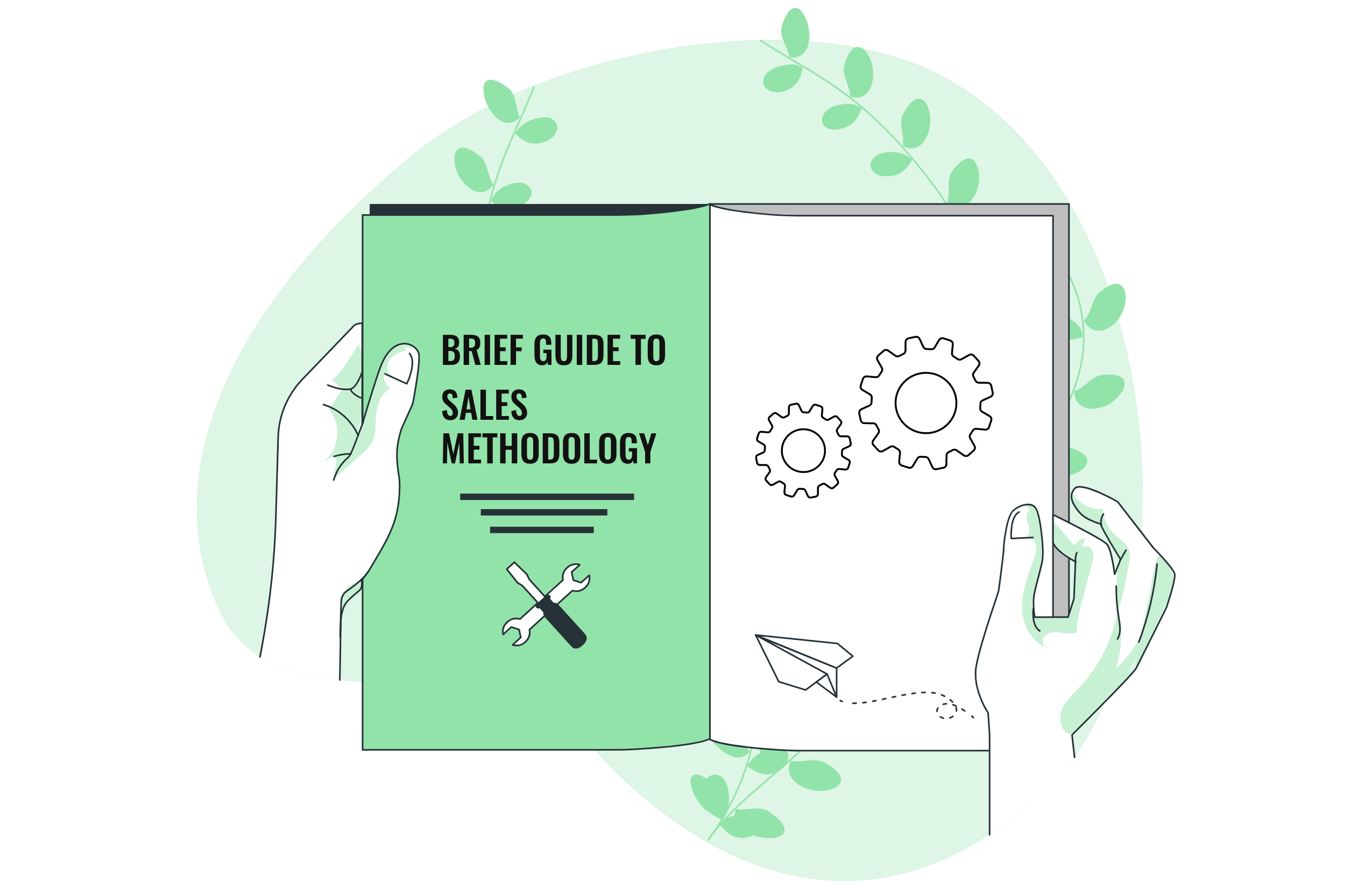
10 Typical Sales Commission Structures with Formulas and Examples
Table of Contents
Sales teams are highly motivated by their organizations’ commission structures. You can create a more successful sales plan by knowing how these structures function, what influences them, and their advantages.
What are Sales Commission Structures?
The pay model that establishes the compensation for sales reps is the sales commission structure. It consists of multiple payment schemes, including bonuses, tiered commissions based on performance, and a fixed percentage of revenue generated.
Benefits of Effective Commission Structures
Enhanced Motivation: A well-designed compensation system can drive salespeople to close more deals and exceed their goals, which in turn can lead to increased motivation.
Increased Employee Retention: Competitive commission plans may help in keeping top-performing sales reps on the team by rewarding their dedication and hard work. Businesses that provide attractive commission plans will also be able to draw in new talent because potential workers will be attracted to them.
Improved Sales Performance: Commission plans that encourage salespeople to put in more effort and think outside of their comfort zone can boost sales and, in turn, boost profits.
Exact Metric calculation: Measurable performance metrics provide management with an objective and transparent way of evaluating the performance of salespeople, enabling them to spot and correct any flaws.
Types of Sales Commission Structures
Simple Commission Scheme
Salespeople receive straight commissions, which are based entirely on the money they make from sales and do not include basic pay or other bonuses.
Formula: Sales Revenue × Commission Rate = Commission.
Example: With a 10% commission, a sales professional sells a $10,000 product. They would get $1,000 (10,000 × 0.10) as commission.
Structure of Tiered Commissions
Salespeople are paid different commission rates under tiered commission structures, with higher commission rates awarded for higher sales.
Formula: Tiered Commission Rate × Sales Revenue = Commission.
Example: On sales under $5,000, 10% on sales between $5,001 and $10,000, and 15% on sales beyond $10,000, a sales representative receives a commission. Their commission would be $1,450 [(5,000 × 0.05) + (5,000 × 0.10) + (2,000 × 0.15)] if they sold $12,000 worth of goods.
Profit-Oriented Commission System
Rather than paying sales reps the whole amount of money they bring in, commission-based compensation gives them a portion of the profit from each sale.
Formula: Sales Profit × Commission Rate = Commission.
Example: A salesperson with a 10% commission rate and a 40% profit margin sells a product for $10,000. They would receive $400 [(10,000 × 0.40) × 0.10] as their commission.
Make a draw against the commission structure
Draw against commission arrangements gives salespeople a base pay (draw) that they have to pay back with earned commissions. If the sales representative earns more than the draw amount, they keep the commission.
Formula: If Total Commissions Earned > Draw Amount, then Commission = (Total Commissions Earned – Draw Amount).
Example: A sales representative receives $3,000 in commission each month in addition to a $2,000 monthly draw. After returning the drawing sum, they would retain $1,000 in commission.
Commissioning Structure for Territory Size
Regardless of individual success, sales professionals are paid by territory volume commission structures based on the overall sales generated within their assigned territory.
Formula: Territory Sales Revenue × Commission Rate = Commission.
Example: With a 3% commission rate, a sales representative’s territory brings in $100,000 in sales income. A commission of $3,000 (100,000 × 0.03) would be their share.
Structure of Gross Margin Commissions
Sales representatives are paid a percentage of the gross margin that is earned by their sales under a gross margin commission structure.
Formula: Gross Margin x Commission Rate = Commission.
Example: A salesperson receives $10,000 for a product, with a $6,000 cost of goods sold and a 10% commission. They would receive $400 [(10,000 – 6,000) × 0.10] as their commission.
Commission Structure by Unit
Sales representatives are paid a set amount for each unit of a product or service they sell under a unit commission system.
Formula: Units Sold × Commission Rate = Commission.
Example: A sales representative receives $20 in commission for each 50 units of a product sold. $1,000 (50 × 20) would be their commission.
Structure of Bonus Commissions
Bonus commission plans provide salespeople with extra cash as a reward for meeting established goals, benchmarks, or targets.
Formula: Regular Commission + Bonus = Commission.
Example: A salesperson meets a sales goal that rewards them with a $500 bonus in addition to earning a $2,500 normal commission. They would receive a total commission of $3,000 ($2,500 + $500).
Commission on revenue
When determining commission rates, businesses that prioritize greater business goals over total profit sometimes choose the revenue commission model. Top sales achievers have the chance to be compensated with a set percentage of the income they bring in.
Formula: Sale Price x Commission Percentage = Commission.
Example: A car salesman makes 3% of the $25,000 car they sell. For such a sale, they get paid a revenue commission of $750.
Commission residual
The residual plan is advantageous to salespeople who have loyal customers or accounts. Commission payments are made as long as accounts continue to bring in money. Salespeople are encouraged by the structure to keep customers or generate repeat business. Long-term account-handling agencies and consulting firms are more likely to use this structure.
Formula: Payment x Commission Percentage = Commission.
Example: A salesperson for insurance closes a big deal. The salesman gets paid a commission of five percent, or $150 each month, as long as the company pays its monthly premiums of $3,000.
Bottomline
One of the most crucial things you’ll achieve in your sales organization is to set up your commission system. For certain organizations, there isn’t a single ideal option, so picking out the ideal balance might involve some good style trial and error. Prioritizing an efficient sales process should be a practice for every business.
It will be much simpler to create a fair sales commission structure or simply use sales commission tracking software to boost your sales team performance.










































































